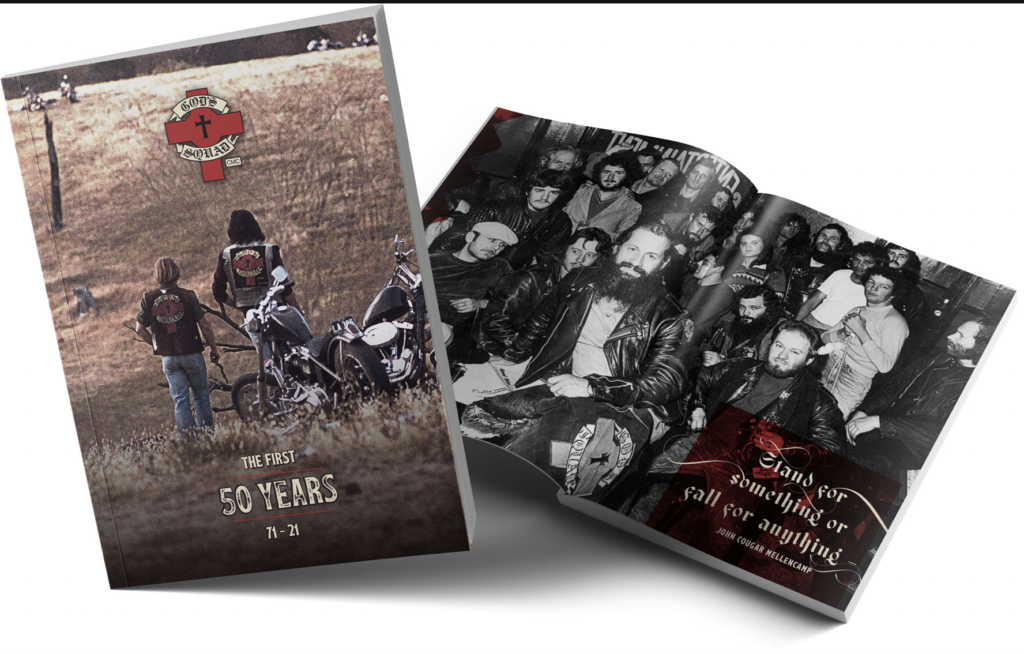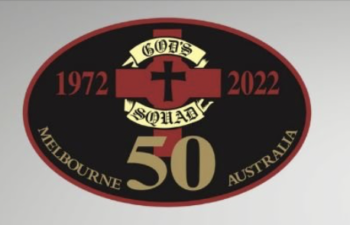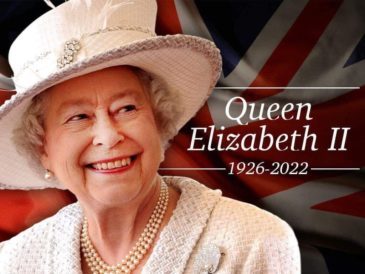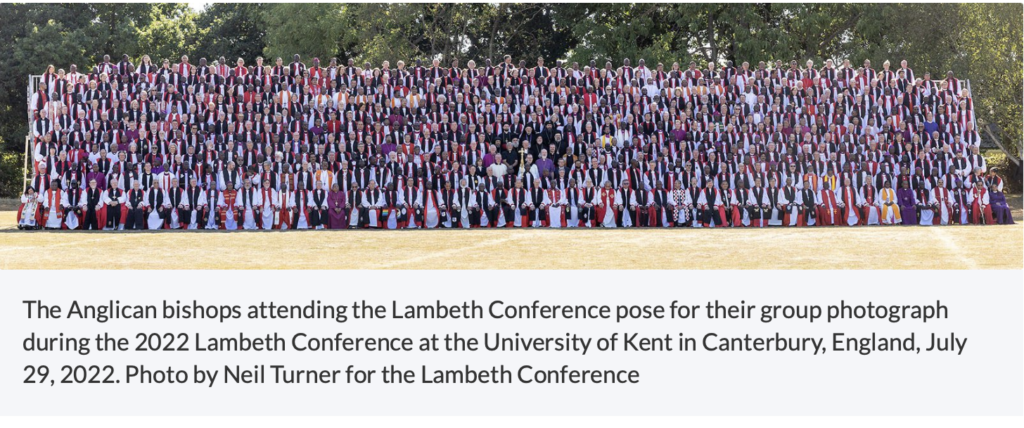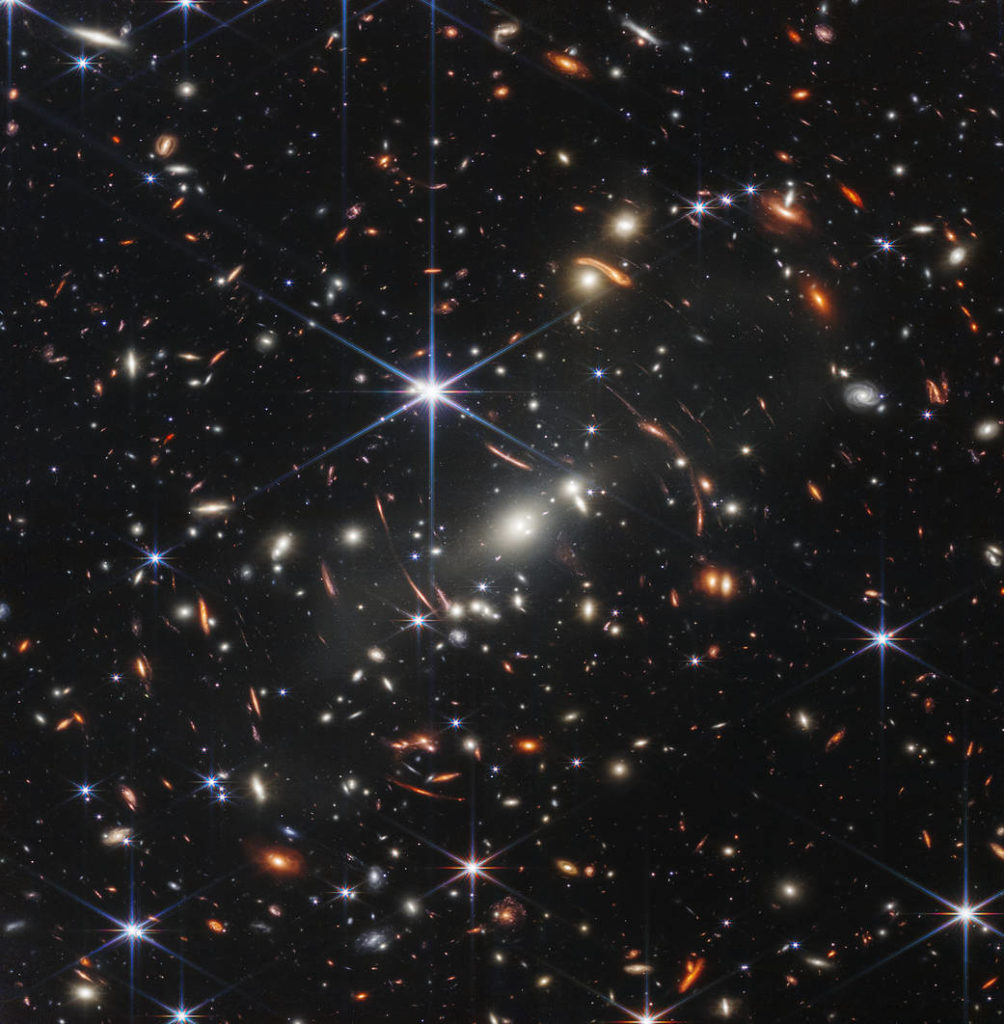Now as they went on their way, he entered a certain village where a woman named Martha welcomed him. She had a sister named Mary, who sat at Jesus’ feet and listened to what he was saying. But Martha was distracted by her many tasks, so she came to him and asked, “Lord, do you not care that my sister has left me to do all the work by myself? Tell her, then, to help me.” But the Lord answered her, “Martha, Martha, you are worried and distracted by many things, but few things are needed – indeed only one. Mary has chosen the better part, which will not be taken away from her.”
Luke 10:38-42
A fresh way of hearing this text.
The pandemic has reinforced the importance of better understanding of Luke 10:38-42 and an improved translation of the text. For too long the Mary and Martha story has been used to elevate passive learning above hands-on occupations. We realised during the pandemic the vital work of doctors and nurses, as well as shop assistants, cleaners, delivery drivers.
The New Perspective on Mary and Martha by public theologian Mary Stromer Hanson gives Mary and Martha a total makeover. No longer is this familiar passage about prioritizing spiritual pursuits over the tyranny of the practical. The results of a close reading of the text and careful exegesis of the Greek has Martha escaping the kitchen and Mary is not even in the house! Martha is still overly worried, not about housework, but over the much more understandable concern about her (younger) sister. Mary, who is out of the village, follows her call, ministering on the road with Jesus. Luke 10:38-42 is about discipleship, ministry, trust, and the new family of Jesus.
Amy Courts expands this perspective further.
Two things are immediately clear from the introductory verses. Martha received Jesus alone, and BOTH she and Mary were his disciples. Many translations totally skip the word “ALSO” which is clearly present in the Greek, indicating that Mary AND Martha were “sitters at the Lord’s feet.”
This notion of “sitting at the Lord’s feet” isn’t a literal, physical thing. Mary wasn’t actually sitting at Jesus’ feet when this all went down. Instead, this was common vernacular at the time indicating discipleship. These two sisters were disciples of Jesus – Martha in the village of Bethany; Mary out with other disciples in the countryside as a travelling disciple.
We know that their discipleship was active. These women were doing full time ministry. How do we know? Because verse 40 says this: “But Martha was constantly persipao concerning diakonian“.
Again, most translations turn “perispao” into “distracted,” but what it actually means is “greatly troubled” – which according to biblical scholars indicates persistent, ongoing stress. So Martha is perpetually stressed out by burdens directly related to…diakonian.
Throughout the New Testament this word “diakonia” means “ministry.” The work of ministers – apostles, disciples, pastors, prophets. And yet in THIS passage, for some reason, this word is translated as “tasks”. (could it be related to how women’s ministry was perceived?)
Martha, a disciple of Jesus, is overwhelmed not by menial tasks in the kitchen, but by ministry.
So, she ephistemi. She “set upon” or “attacked” or “confronted” Jesus, saying, “Lord! Does it not make YOU anxious that my sister has katalipo alone to diakonein?”
This Greek word “katalipo” means “to leave” – to go away, to physically abandon or desert a place and go to another.
Again: Mary is not in the home right now. And she has left Martha alone to diakonein.
Diakonein is a variation of “ministry” reflecting the actions and practical work/service related to ministry. It’s not just cooking and cleaning; it’s all the work related to ministry. While Mary is gone, Martha is making meals for the community, getting groceries for the poor, praying with people, visiting prisoners, taking care of kids, and doing all the other daily labour of a minister. AND SHE IS TIRED. So she tells Jesus to go find Mary and “epo” – command – her to come home so she can help.
This is where it gets kind of amazing. Because Jesus answers her saying,
“Martha, Martha. You are merimnas and thorybaze about pollos.
Jesus names Martha – twice – calling her out of the Mary narrative and into her own body.
And he sees what’s actually going on. Up to this point all we’re told is that she’s overburdened by the daily work of ministry.
But Jesus peels back that layer and names the True Truth:
Martha is merimnas – anxious to the point of being divided into pieces – and thorybaze – agitated to the point of panic – about pollos – many things. This last word, “pollos,” is unrelated to ministry and is more about those everyday collection of concerns.
Martha has confronted Jesus and told him to command Mary back home, and instead he calls her into herself and names all the real anxiety and agitation that’s tearing her apart – the anxiety and panic that she’s tried to bury with the busyness of ministry.
And he tells her, “What Mary has chosen is a good portion, and it will not be taken from her.”
This is where that original myth of Mary physically sitting at the feet of Jesus becomes so problematic. She’s not sitting at his feet – she is a woman out doing a disciple’s work with men in a world that is not made for or kind to women. Her absence, not laziness, is what has Martha agitated. And Jesus says, “she’s chosen a good portion [i.e. NOT “the only good thing” like some translations imply] and I won’t take it away.”
I think what’s really happening is that Martha loves her sister deeply and is anxious to the point of being torn apart over her absence. I think she wants her sister home safe.
But Jesus tells her not to worry about Mary, because what Mary has chosen is a “good portion” – she’s well-suited to the ministry she’s doing, and can take care of herself.
So I think there are two absolutely critical things happening here.
First: Jesus is calling Martha back to her own body, her own ministry, and her own heart. He is naming her and validating her and seeing her.
And second: He is not telling Martha to be more like Mary.
He is telling Martha to ‘let Mary be Mary‘.
These two women were pioneers of a sort – the first “apostles of the apostles.” They became well-known matriarchs of the early church and were beloved and respected as such.
But Martha? She gets such a bad rap – yet… her diakonien means
- she is the community organizer who doesn’t sleep because police violence doesn’t sleep.
- she is the church mother taking in and feeding the kids after finding their mother a suitable outfit to wear to an interview and making sure she had a ride and a few copies of her resume.
- she is the pastor taking meals to the home-bound while preaching at house church every Sunday, and making sure someone is there to greet Jesus when he comes to town.
- she is a close enough with Jesus as his disciple to speak freely and plainly to him when she needs answers.
She is tired and overworked. Nevertheless she persisted.
And by medieval times she was known as the Dragon Tamer, which is the legacy she leaves to us.
(According to pious tradition, Martha and other disciples were banished from the Holy Land after the resurrection of Jesus. She, her siblings, and other disciples were put in a boat without oars which subsequently landed in Provence. Martha first settled in Avignon then went to the region that is now called Tarascon. Martha was approached by townspeople seeking her aid in combatting a fierce dragon, half beast and half fish, which had plagued the Rhône region between Arles and Avignon. With a cross in her hand, Martha doused the monster with holy water with a sprig of hyssop. Through her efforts, the monster was subdued; Martha bound it with her belt and it was put to death by the onlookers. The place was later known as Tarascon to remember this event. Saint Martha lived the remainder of her life in this place, and her relics are presently venerated in the town church).
